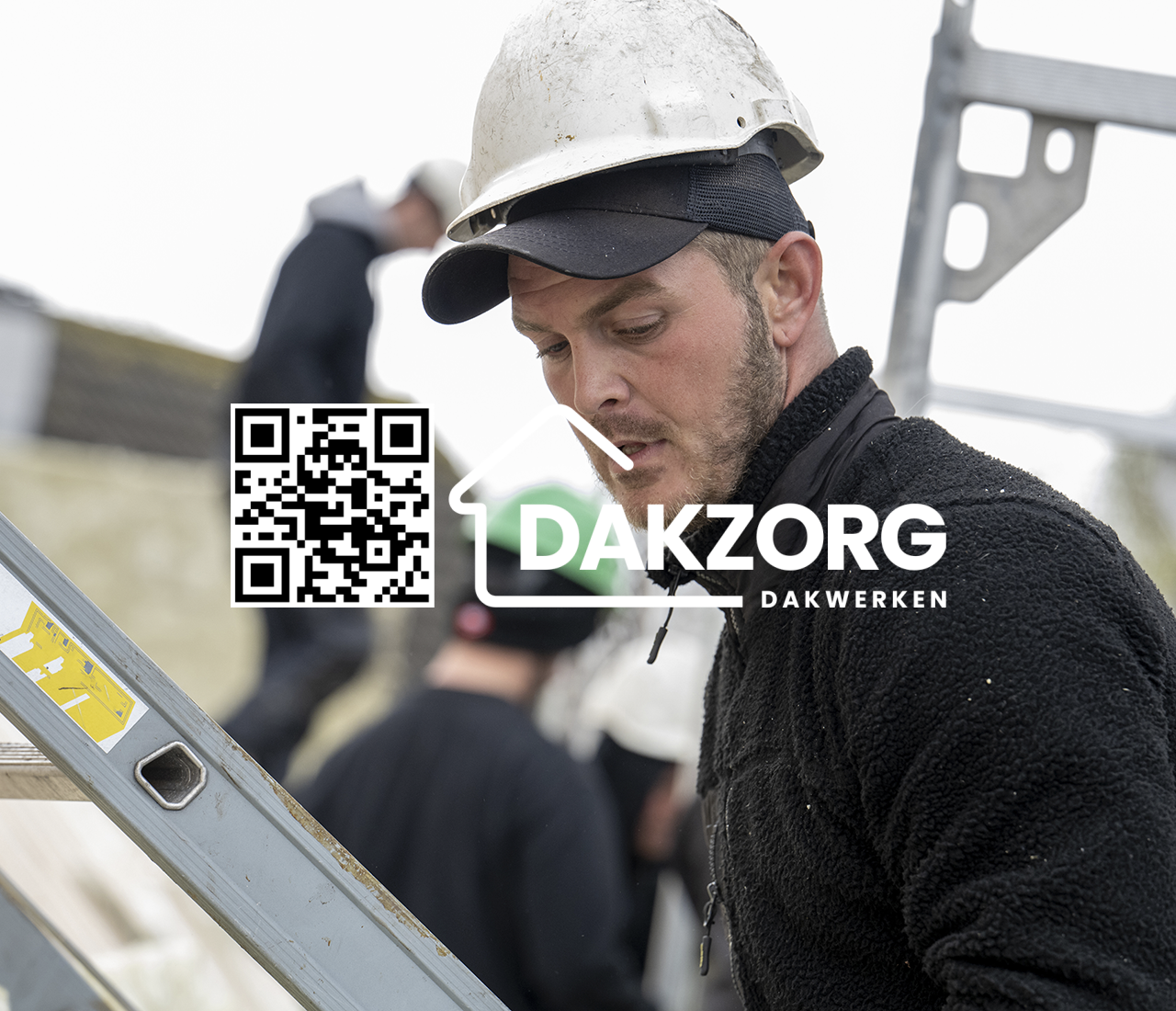Introduction
Your roof is more than just a protective covering over your head; it’s a critical component of your home’s structure and aesthetic appeal. In the Netherlands, where weather conditions can be unpredictable, ensuring the longevity of your roof is not just advisable—it's essential. But how do you go about extending its lifespan? This guide will provide expert advice tailored specifically for Dutch homes, focusing on practical tips, maintenance routines, and materials suited to the unique Dutch climate.
How to Extend the Lifespan of Your Roof: Expert Advice for Dutch Homes
Understanding Your Roof's Structure
The Anatomy of a Roof
Before diving into maintenance tips, let’s understand what constitutes your roof. Most roofs consist of several key components:
- Roof Decking: The structural base that supports everything above. Underlayment: A water-resistant barrier that protects against leaks. Roof Covering: Materials like tiles, shingles, or metal sheets that form the outer layer. Flashing: Metal strips used to direct water away from critical areas. Gutters and Downspouts: Essential for water drainage.
Each part plays a crucial role in protecting your home from moisture and other environmental factors.
Common Roof Types in the Netherlands
In the Netherlands, you’ll find various roofing styles:
Tile roofs—commonly clay or concrete—are popular due to their durability. Thatched roofs, although less common today, provide excellent insulation. Flat roofs, often found in urban areas.Understanding which type you have will influence how you approach its maintenance.
Factors Affecting Roof Lifespan
Climate Conditions in the Netherlands
Dutch weather is notorious for being rainy and windy. These elements can significantly impact your roof's lifespan.
- Rainfall: Persistent rain can lead to moss growth and deterioration of roofing materials. Wind: Strong gusts can displace tiles or shingles, leading to leaks.
By understanding these factors, homeowners can take proactive measures to protect their roofs.
Material Choices Matter
Different roofing materials come with varying lifespans:
- Clay Tiles: Can last 50 years or more with proper care. Asphalt Shingles: Generally last around 20 years but require regular inspections.
Choosing high-quality materials suited for local conditions is vital for longevity.

Regular Maintenance Routines
Seasonal Inspections
Conducting seasonal inspections should be a priority:
Spring Cleaning: Clear debris and inspect for winter damage. Summer Checkup: Look out for loose shingles or cracks caused by heat expansion. Fall Preparations: Ensure gutters are clear before winter snow sets in. Winter Readiness: Inspect insulation levels to prevent ice dams.Regular checks help catch minor issues before they escalate into costly repairs.
Cleaning Your Roof
Keeping it clean is essential for extending its lifespan:
Remove leaves and debris regularly. Use a gentle pressure washer if necessary (avoid high pressure). Treat mold or moss immediately with appropriate solutions to prevent further growth.A clean roof not only looks good but also performs better!
Addressing Common Issues
Leaks and Moisture Damage
Leaks are one of the most common problems faced by homeowners:
- Inspect flashing around chimneys and vents regularly. Seal any gaps in roof coverings immediately.
Ignoring small leaks can lead to extensive damage inside your home!
Moss, Algae, and Lichen Growth
Moss growth can trap moisture on your roof:
- Use zinc strips or copper to inhibit growth naturally. Clean affected areas gently without damaging roofing materials.
Keeping moss at bay ensures your roof remains intact longer.
Professional Help vs DIY Maintenance
When to Call Experts
While DIY maintenance is beneficial, some tasks are best left to roofing contractor professionals:
Structural repairs Major cleaning projects Full roof inspectionsHiring experts ensures safety and quality work that prolongs your roof's life.
DIY Tips for Homeowners
For those who prefer hands-on approaches:
Learn basic repair techniques through online resources. Invest in good tools like safety harnesses, ladders, and cleaning equipment.Small tasks can save money while keeping your roof in top shape!

Choosing Quality Materials
Roofing Materials Best Suited for Dutch Homes
When replacing or upgrading your roof, consider these materials:
| Material | Lifespan | Advantages | |------------------|----------|----------------------------------------| | Clay Tiles | 50+ years| Durable & aesthetically pleasing | | Asphalt Shingles | 20 years | Affordable & easy repair | | Metal Roofing | 40+ years| Lightweight & energy-efficient |
Investing in quality materials upfront pays off in longevity!
Eco-Friendly Options
Sustainable choices are increasingly popular among homeowners:
Recycled shingles Green roofs with vegetationThese options not only extend lifespan but also reduce environmental impact!
Insulation Matters
Importance of Proper Insulation
Insulation plays a significant role in protecting your roof local roofing company in Zoetermeer from extreme temperatures:
- Good insulation prevents ice dams during winter months, Helps maintain consistent indoor temperatures year-round,
Proper insulation results in energy savings while prolonging your roofing material’s life!
Ventilation Systems
Why Ventilation Is Crucial
Adequate ventilation helps regulate temperature and moisture levels within the attic space:
Reduces condensation buildup Prevents premature aging of roofing materialsInvesting in a proper ventilation system is key to extending your roof’s lifespan!
Dealing With Weather Extremes
Preparing for Storms
Heavy storms are common in the Netherlands; here's how you prepare:

Being proactive reduces potential damage during severe weather events!
Emergency Repairs
Quick Fixes Until Professionals Arrive
When facing an emergency situation like sudden leaks:
Use buckets under leaks until repairs are made, Place tarps over damaged areas temporarily,Act quickly; every moment counts when preventing further damage!
Frequently Asked Questions (FAQs)
How often should I inspect my roof?- Aim for at least twice a year; spring and fall inspections are ideal due to changing weather conditions.
- Look out for visible sagging areas, widespread missing shingles/tiles, or water damage inside your home.
- Yes! Just ensure you use safe methods such as low-pressure washing; avoid damaging materials while doing so.
- Consider factors like budget, aesthetic preferences, climate suitability (e.g., resistance against heavy rains), etc.
- Absolutely! They offer excellent insulation benefits while contributing positively towards sustainability efforts too!
- Clay tiles may last over 50 years; asphalt shingles typically last around 20 years depending on quality/maintenance practices followed effectively!
Conclusion
Extending the lifespan of your roof isn’t just about keeping water out; it involves an understanding of its structure, regular maintenance routines tailored specifically toward local climatic conditions prevalent here within our beautiful Netherlands! By applying these expert tips—from seasonal inspections down through eco-friendly material choices—you’ll ensure both beauty & functionality remain intact well beyond ordinary expectations! So roll up those sleeves because investing time today means safeguarding comfort tomorrow—after all “an ounce of prevention is worth a pound of cure” never rang truer when looking after our homes!